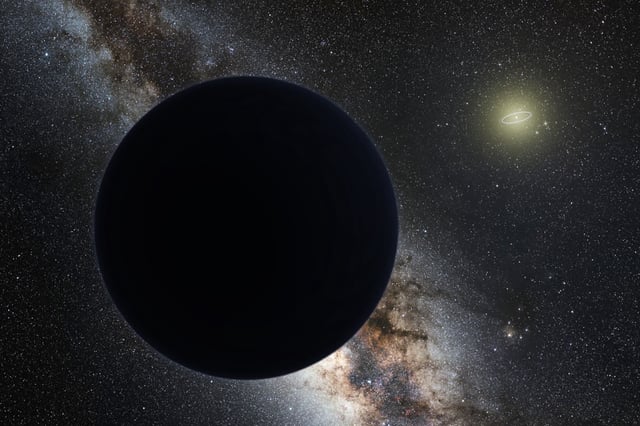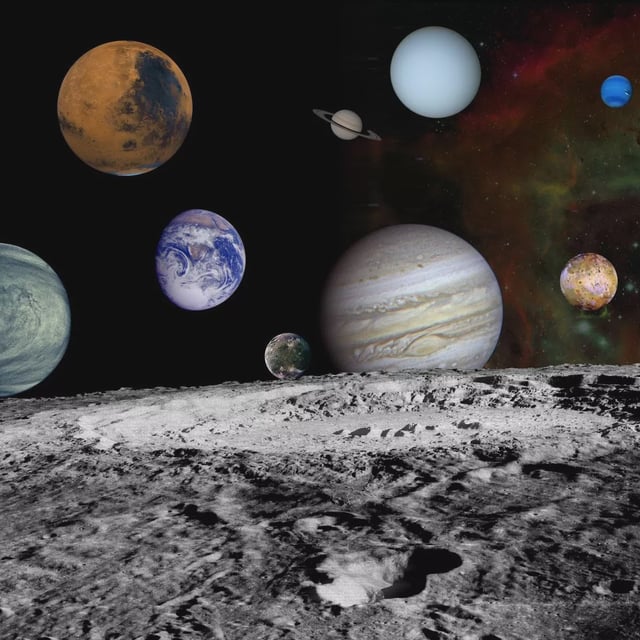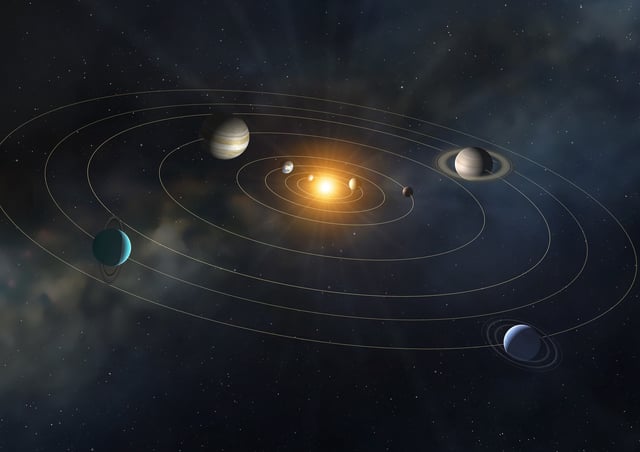Overview
- Researchers led by Terry Long Phan used infrared data from NASA's IRAS (1983) and Japan's AKARI (2006) surveys to identify a candidate object with a 23-year positional shift.
- The object's brightness and motion suggest it could be more massive than Neptune, with an orbit ranging from 280 AU to 1,120 AU from the Sun.
- The study, published as a preprint and accepted by the Publications of the Astronomical Society of Australia, awaits peer review and further observational confirmation.
- Prominent astronomer Mike Brown has expressed skepticism, citing inconsistencies between the candidate's orbital tilt and the effects attributed to Planet Nine.
- Modern telescopes like the Vera C. Rubin Observatory and the Nancy Grace Roman Space Telescope are expected to advance the search for Planet Nine in the coming years.



